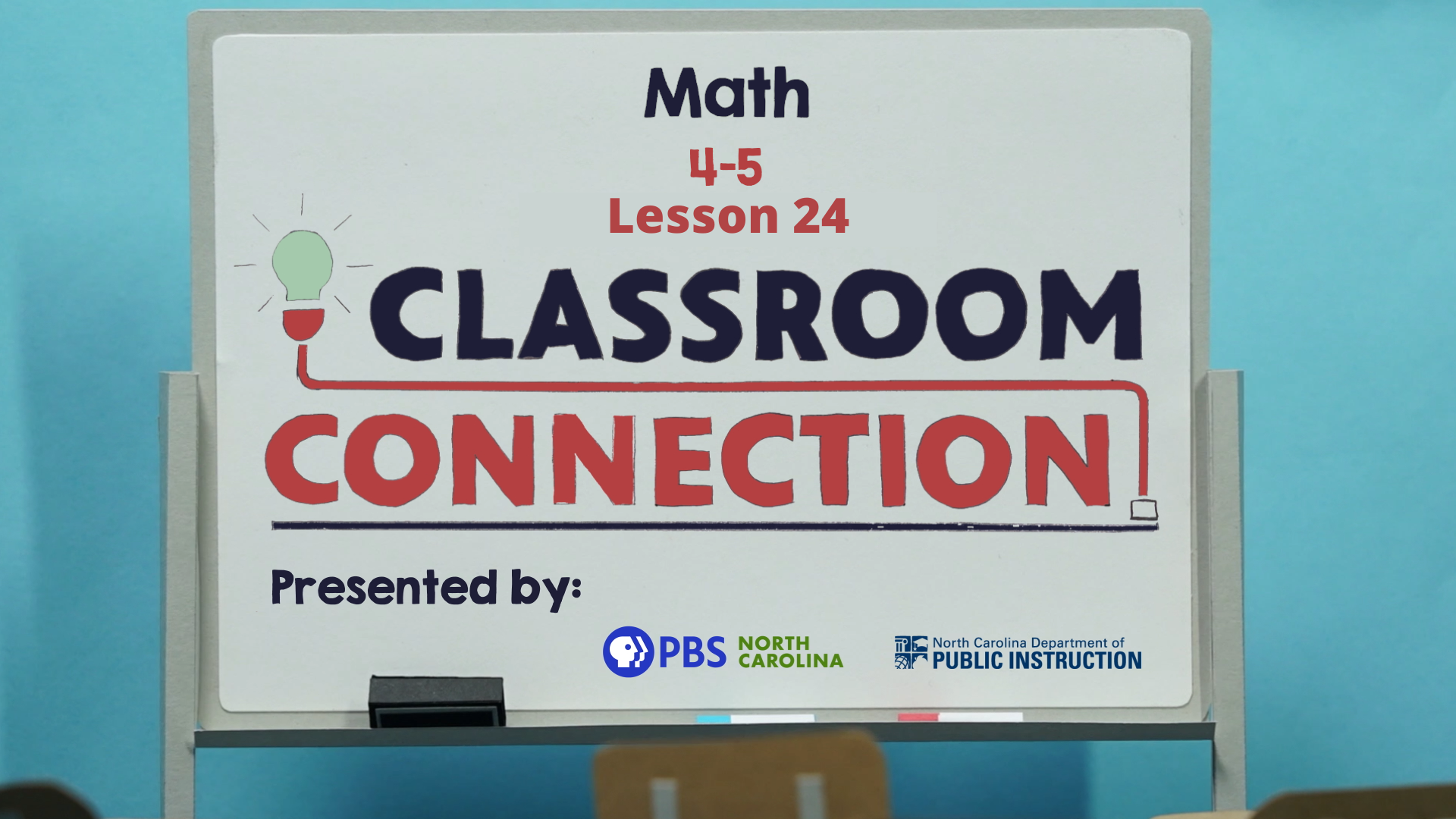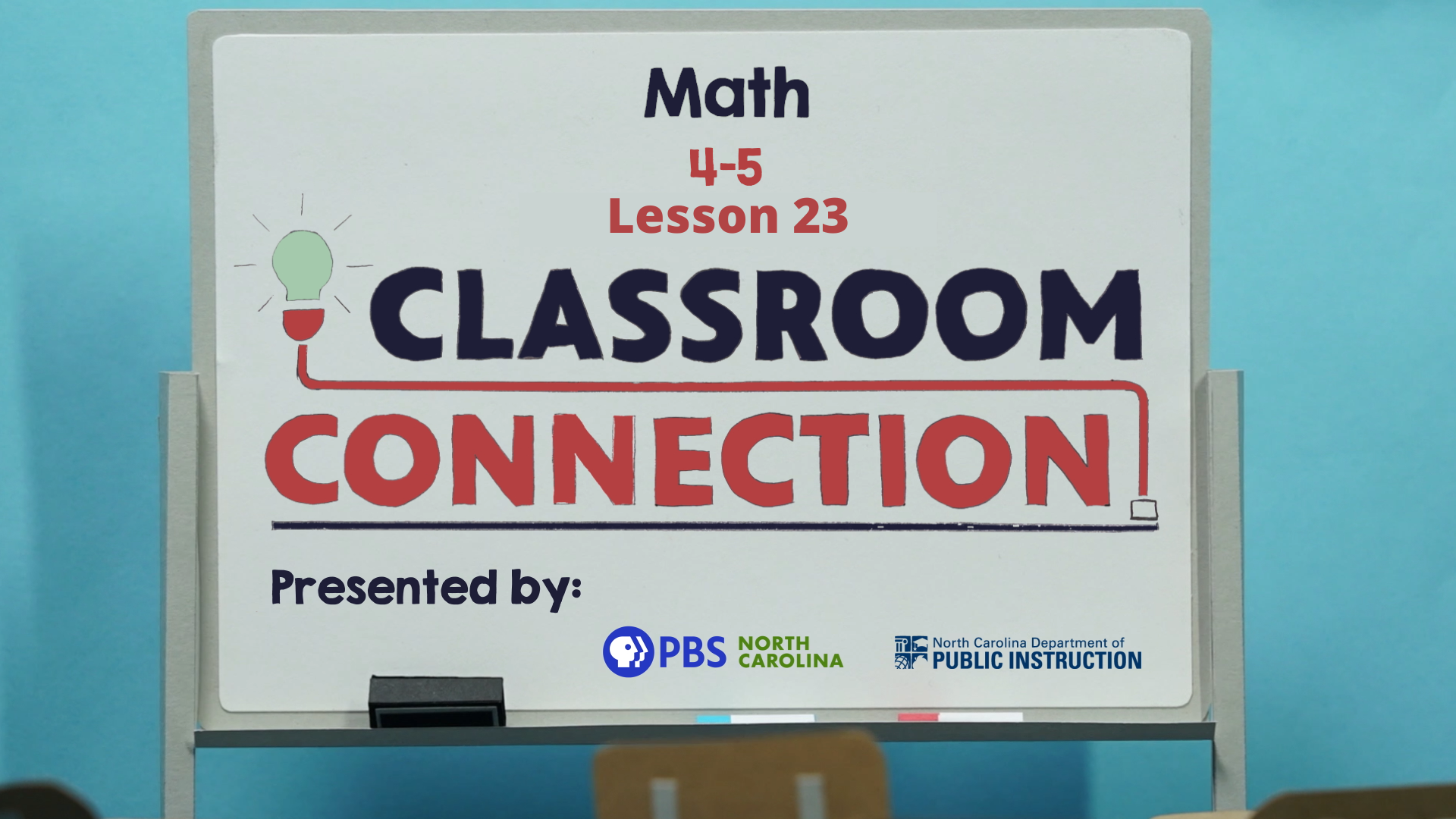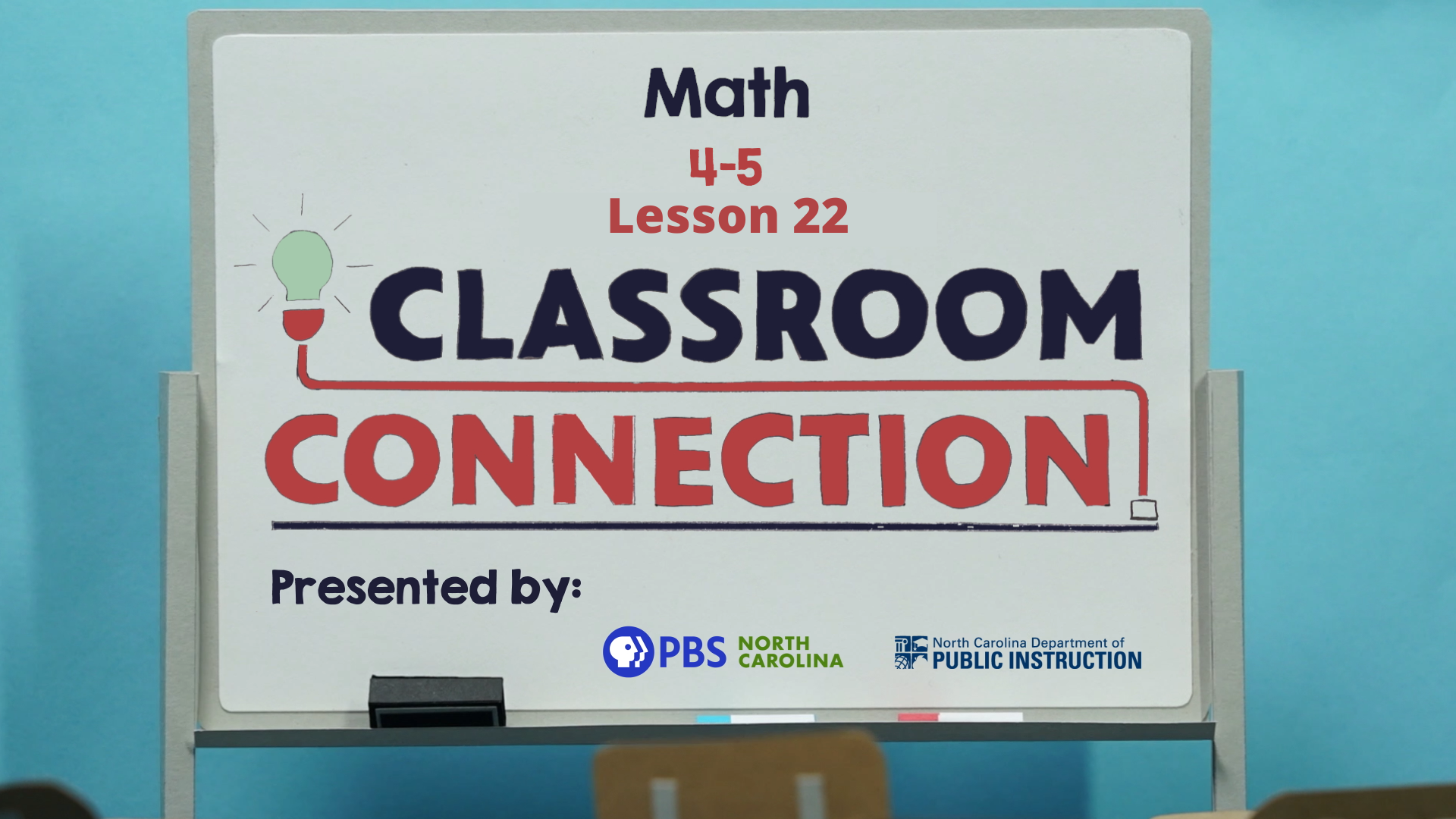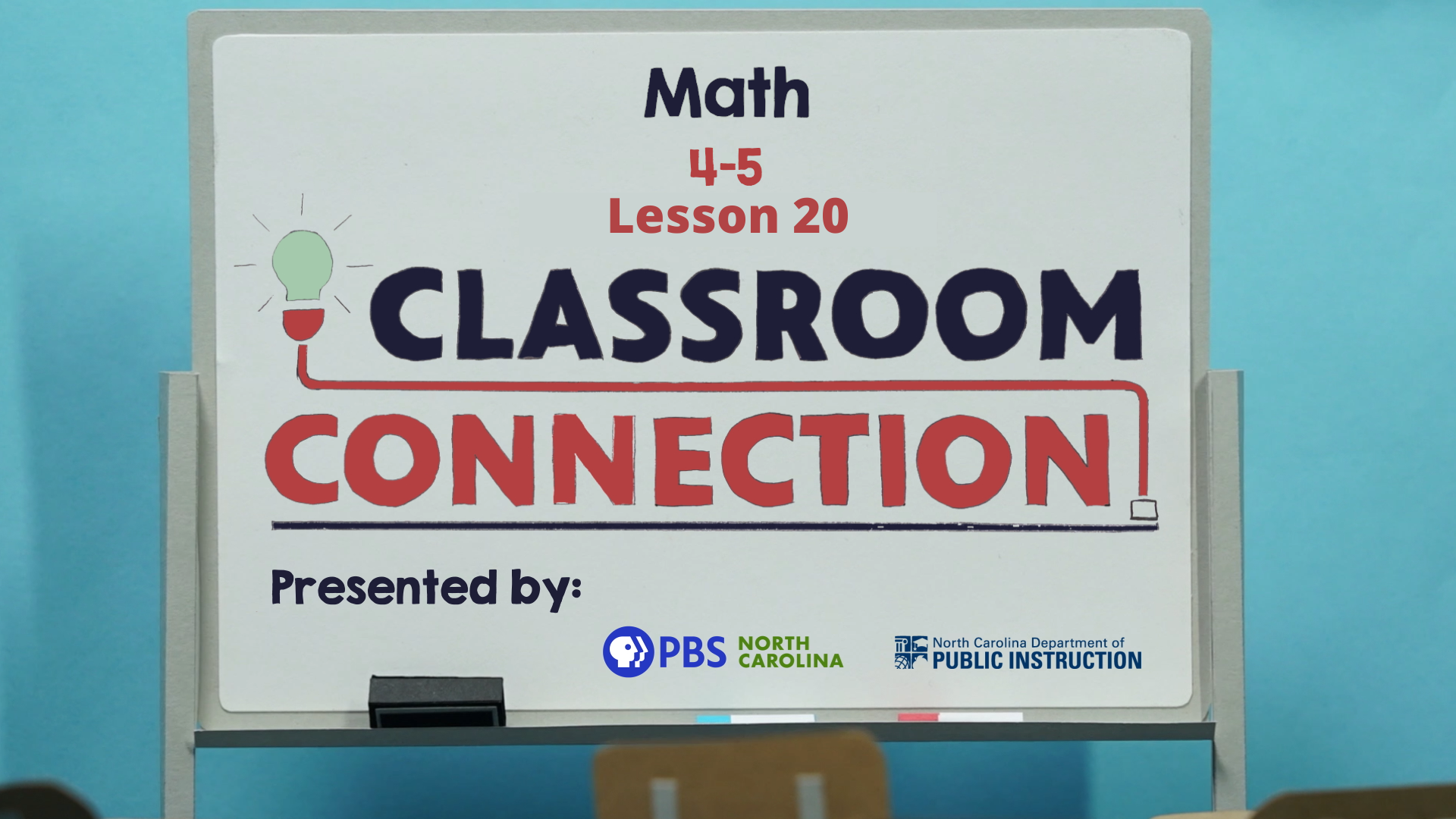Look for and make use of structure. Mathematically proficient students look closely to discern a pattern or structure. Young students, for example, might notice that three and seven more is the same amount as seven and three more, or they may sort a collection of shapes according to how many sides the shapes have. Later, students will see 7 × 8 equals the well remembered 7 × 5 + 7 × 3, in preparation for learning about the distributive property. In the expression x^2 + 9x + 14, older students can see the 14 as 2 × 7 and the 9 as 2 + 7. They recognize the significance of an existing line in a geometric figure and can use the strategy of drawing an auxiliary line for solving problems. They also can step back for an overview and shift perspective. They can see complicated things, such as some algebraic expressions, as single objects or as being composed of several objects. For example, they can see 5 – 3(x – y)^2 as 5 minus a positive number times a square and use that to realize that its value cannot be more than 5 for any real numbers x and y.
Standard Type
Michigan State Math StandardsRelated Lessons

Comparing and Ordering Decimals
Use the number line to place, compare, and order decimals to the hundredths. Use estimation and an algorithm based on place value to add decimals to hundredths. Use the number line to place, compare, order, and add decimals to the hundredths.

Fractions as Decimals
Match visual models to the numbers they represent in fraction and decimal format. Solve problems with decimal fractions. Match visual models to the numbers they represent in fraction and decimal format.

Multiplying and Dividing Fractions
Use visual models and equations to solve problems involving multiplying and dividing fractions. Use models & equations to solve problems involving multiplying and dividing fractions.

Multiplying Fractions
Use visual models, repeated addition, and multiplication to solve problems with equal sized groups. Compare the strategies to see which one is most efficient. Use visual models, addition, & multiplication to solve problems with equal sized groups.

Adding and Subtracting Fractions Part 2
Use estimation and visual models to solve problems involving adding fractions with unlike denominators. Solve problems involving adding fractions with unlike denominators.
